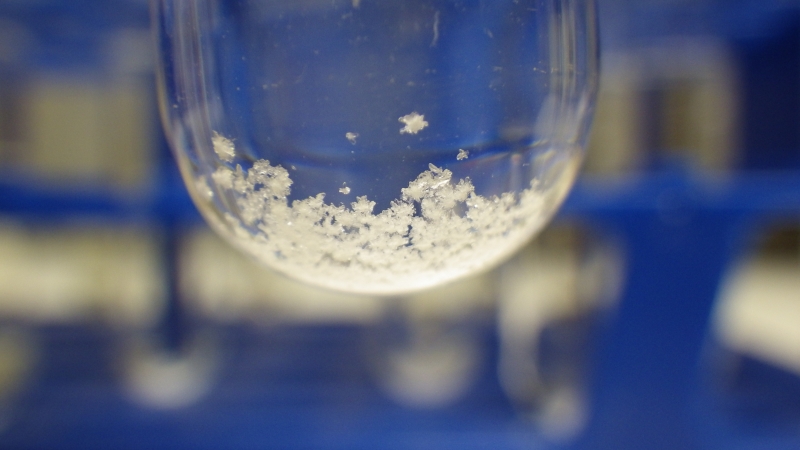The imposition of export duties by China in 2010 and 2011 for certain raw materials made lowering the need for rare earth imports a key economic goal of the German government. The three main ways of achieving this goal are exploiting own primary deposits, reducing the use of or substituting certain rare earth elements, and recovering rare earths via recycling.
Although neodymium, praseodymium, and dysprosium are the most industrially important rare earths due to their use for the manufacture of high-performance NdFeB magnets, there has been insufficient emphasis up until now to recycle these elements. Indeed, there are very few approaches for processing old magnets and magnetic waste that allow effective separation of the rare earth elements and removal of contaminants (e.g. oxides, organic compounds).
Fraunhofer IFAM in Dresden has developed a hydrometallurgical recycling process for the effective recovery of neodymium, praseodymium, and dysprosium from material mixtures. By exploiting physical relationships and having optimum process control, the principle is to have such a high overall selectivity that there is no need for complex and costly fine separation of rare earths using ion exchangers or liquid-liquid extraction plants. In order to produce new high-quality NdFeB magnets it is, however, essential that samarium, which is present in mixtures of magnetic materials, is removed and also oxides and organic compounds.
Project work has demonstrated that the required selectivity can be achieved for recycling magnetic materials on a laboratory scale by ensuring suitable physical pretreatment and preseparation, plus controlled hydrometallurgical digestion. This recycling method is in the process of being patented.
 Fraunhofer Institute for Manufacturing Technology and Advanced Materials IFAM
Fraunhofer Institute for Manufacturing Technology and Advanced Materials IFAM